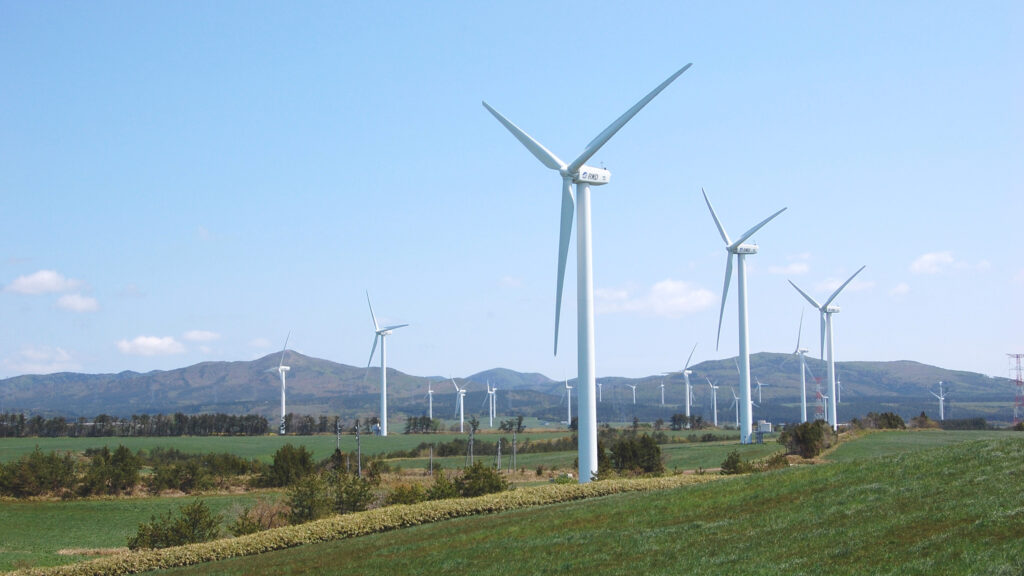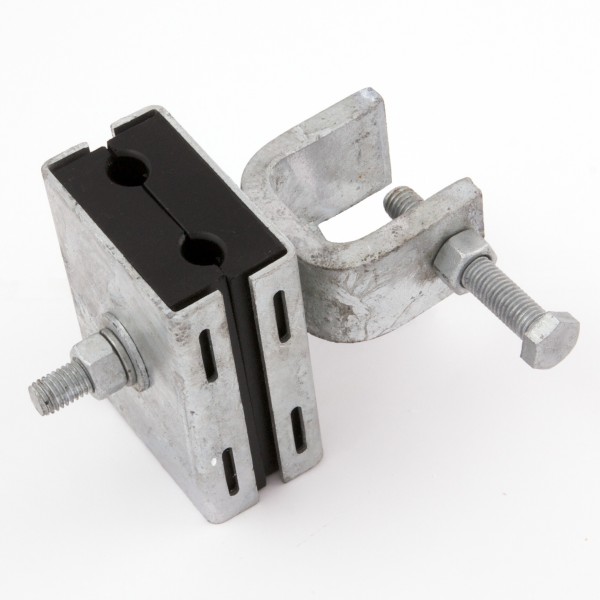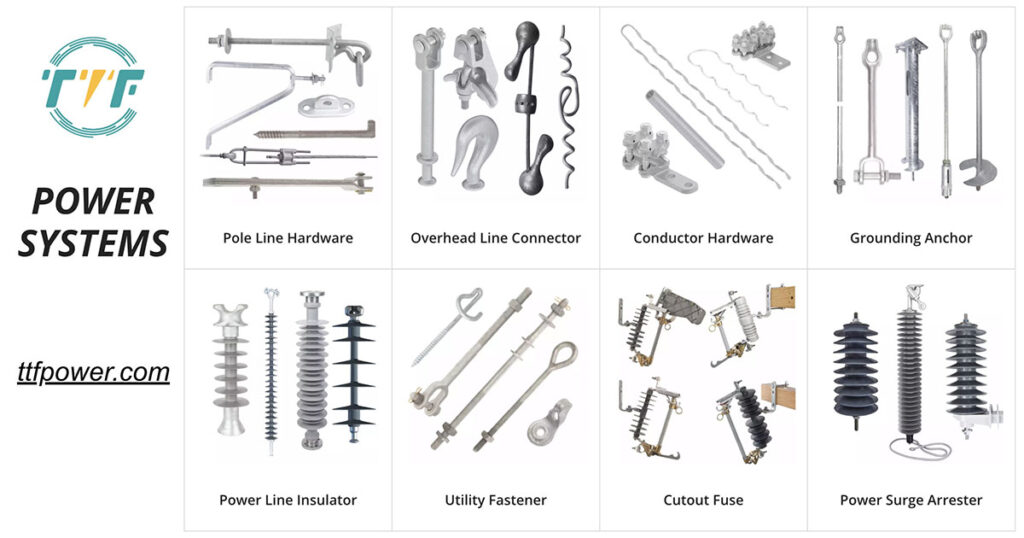
Recently, Kalipa Generación received a temporary concession from Peru’s Ministry of Energy and Mines for a wind energy project in the southern area of Arequipa. The project involves the 403 MW Tanaka facility, engineered to cover the regions of Acari and Yauca in Caraveli province. The Tanaka Wind Power Initiative will include 65 wind turbines, with each having a capacity of 6.2 MW. This initiative comprises the establishment of a 220 kV transmission line spanning 88 km and a substation to connect the produced energy to the national grid. Kalipa Generación is further broadening its renewable energy portfolio, encompassing the Sunny Solar Project, Ocoña Solar Project, Norteño Wind Project, Cherrepe Wind Project, and Los Vientos Wind Project. Downlead clamps stabilize and control the vertical electrical leads linking wind turbine generators to the grounding system.
The Tanaka project aligns with Peru’s broader strategy to diversify its energy matrix and reduce dependence on fossil fuels. The country’s renewable energy sector is experiencing much growth with wind and solar projects. Downlead clamps ensure safety, reliability, and efficiency in wind farm infrastructure. Downlead clamps secure down conductor cables that channel lightning strikes safely to the ground. They ensure a low-resistance path for fault currents, protecting both equipment and personnel. Downlead clamps anchor and stabilize vertical grounding cables running along the turbine tower.
Downlead clamps in infrastructure necessary for wind project in Peru.
Electrical downlead clamps prevent sway, vibration fatigue, and abrasions caused by high winds. Proper clamping reduces stress on connections to extend the lifespan of grounding systems. Tanaka wind projects must adhere to international standards for lightning protection. They must be corrosion-resistant and withstand UV radiation and temperature fluctuations. The clamps allow for quick installation and maintenance to reduce downtime during turbine servicing. Here are the functions of downlead clamps in infrastructure supporting wind development in Peru.

- Transmission line stability—the Tanaka project needs an 88 km, 220 kV transmission line to connect the wind farm to Peru’s national grid. The lines traverse mountainous terrain and potentially unstable soils. Downlead clamps ensure proper cable management, reduce strain, and protect against abrasion. They provide tensile strength and ensure vertical and lateral stability.
- Supporting clean energy grid integration—downlead clamps ensure the physical integrity of power transmission cables. They support safe, uninterrupted energy flow and protect the system from vibrational noise and cable movement.
- Withstanding environmental conditions—Wind farms in Peru face high UV radiation, salty air, and heavy rainfall. Downlead clamps are UV-stable and corrosion-resistant materials to ensure longevity and structural integrity.
- Reducing downtime and maintenance—downlead clamps reduce logistical challenges by keeping cables secure and preventing insulation wear. They reduce the need for frequent repairs to contribute to higher turbine uptime and lower carbon maintenance costs.
Effects of the Tanaka wind project’s advancement in Peru’s energy industry.
The 403 MW Tanaka wind initiative in Peru’s Arequipa area signifies an important milestone in the development of the energy industry. The Tanaka initiative is poised to be among the biggest wind farms in Peru. It significantly affects energy security, sustainability, investment, and regional growth. Here are the main effects of the Tanaka wind initiative on Peru’s energy industry.

- Increasing renewable energy capacity—Tanaka’s 403 MW capacity adds to Peru’s clean energy resources. This expansion may speed up Peru’s efforts to diversify its energy portfolio that relies on hydropower and fossil fuels.
- Lowering carbon emissions—Peru is dedicated to decreasing greenhouse gas emissions under the Paris Agreement. The Tanaka project plays a vital role in replacing fossil fuel-based power generation, aiding Peru in achieving its Nationally Determined Contributions (NDCs).
- Enhancing grid reliability—the initiative involves building an 88 km, 220 kV power line. This is essential for strengthening grid infrastructure and contributes to better grid reliability. It additionally aids in decreasing Peru’s reliance on centralized, hydropower generation, which is susceptible to droughts and fluctuations in climate.
- Drawing in investment—the establishment of this wind farm conveys a powerful market message to investors both local and global. This is vital in strengthening Peru’s dedication to clean energy policy, positioning it as a hub for renewable energy investment, and facilitating Kalipa’s transition from thermal to renewable power generation.
- Economic growth— – the initiative will create construction employment and a need for skilled workers, as well as local sourcing possibilities for materials and services.
